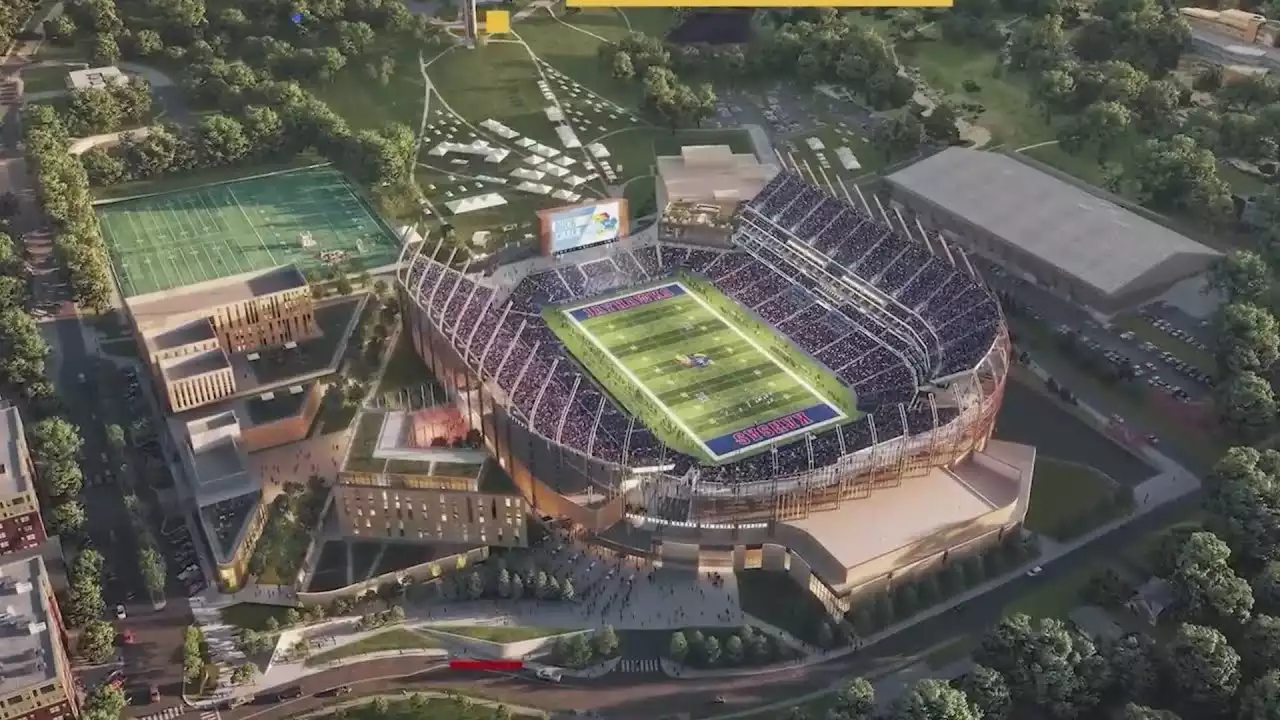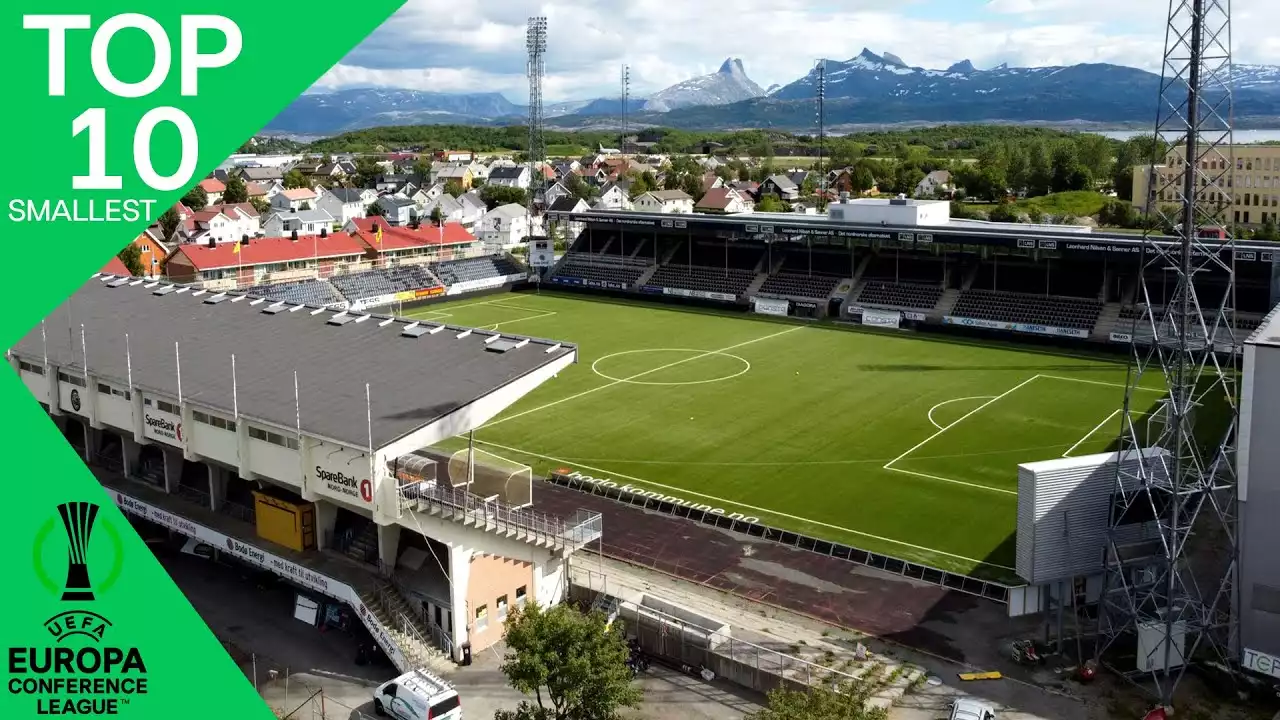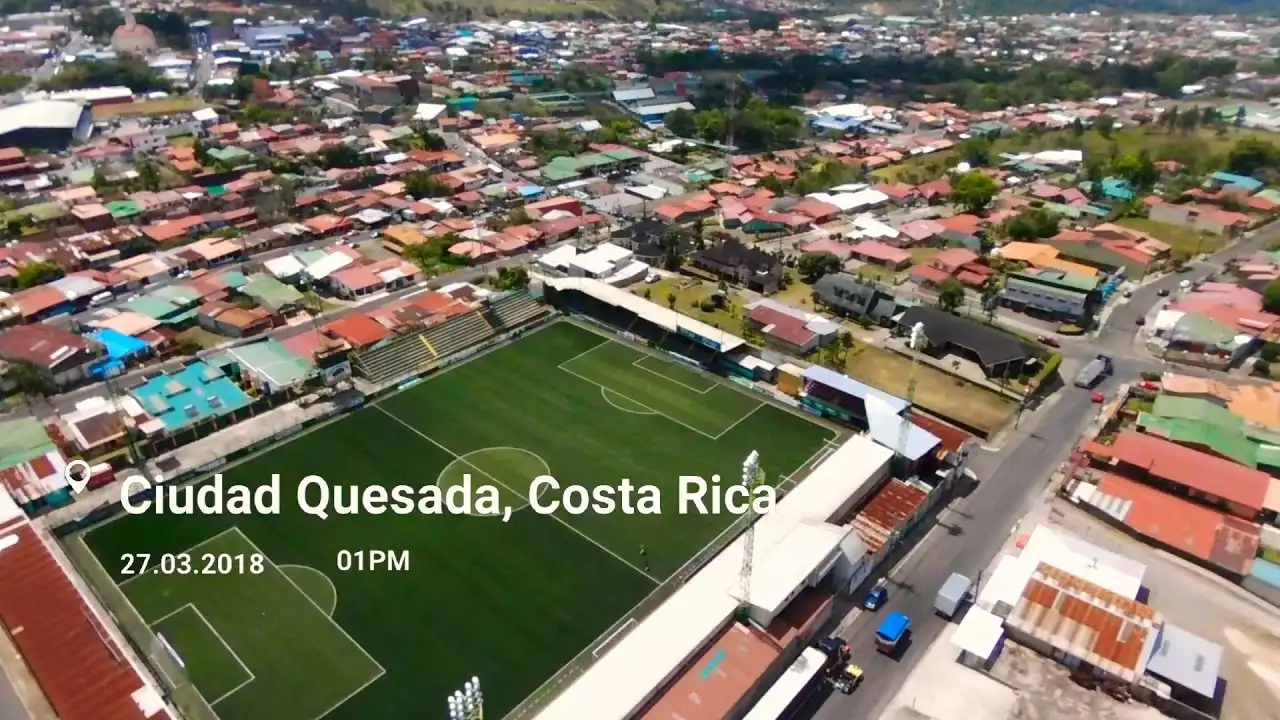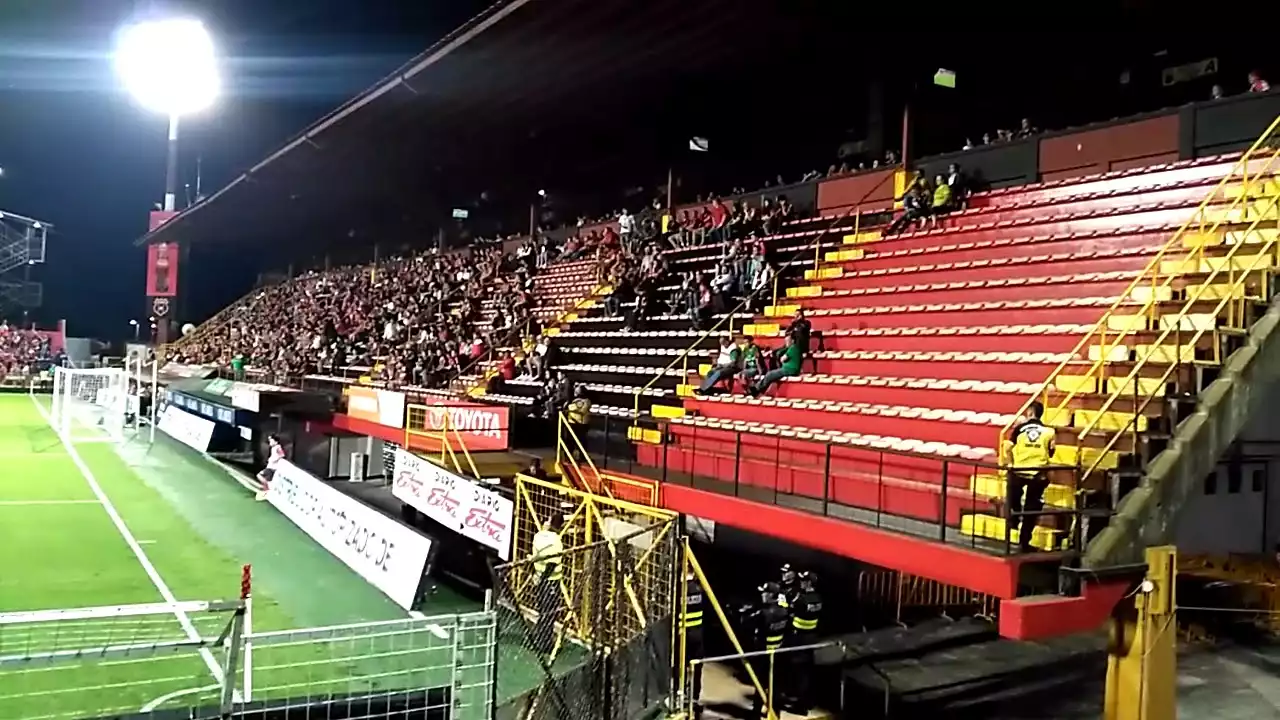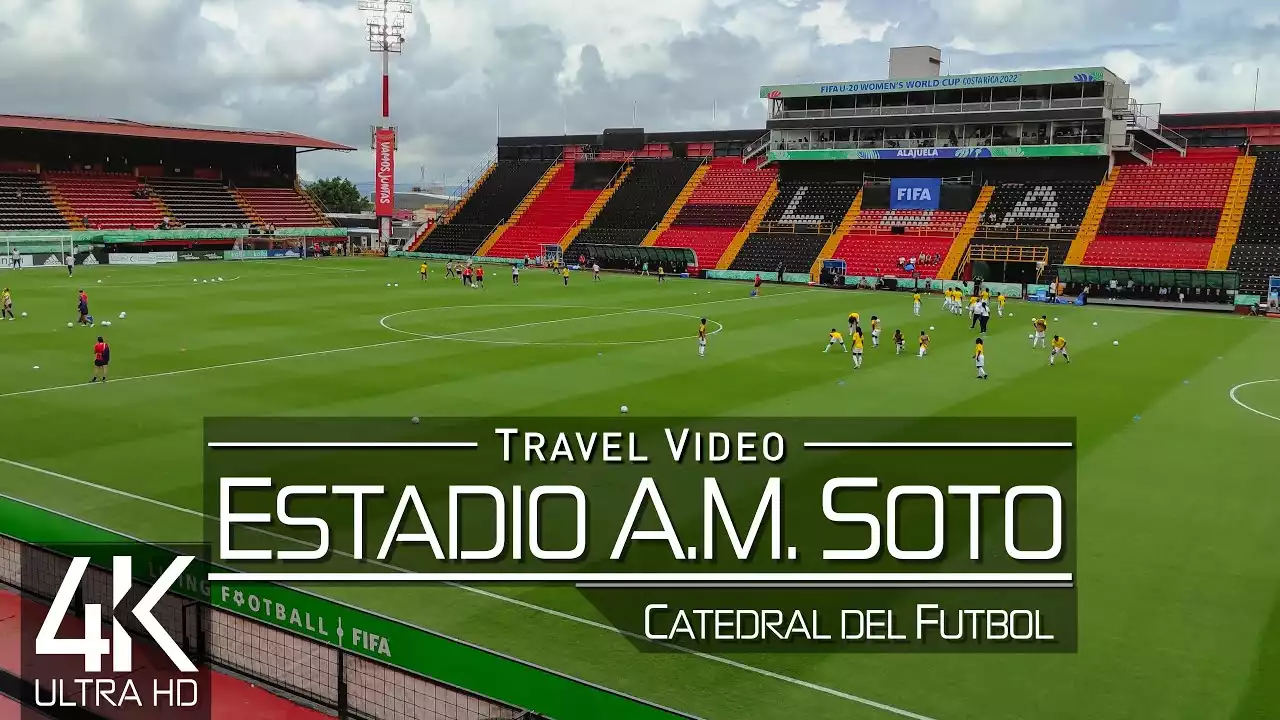The impact of local Liga PFD stadiums on community development
These stadiums act as the heart and soul of the neighborhoods they inhabit, providing opportunities for both physical and social development. They become gathering points for families and friends, cultivating a sense of belonging and unity. Residents come together to support their local teams, forging connections and friendships that transcend social barriers. The stadium becomes a symbol of community identity, fostering a shared sense of pride and loyalty.
Furthermore, these stadiums offer platforms for local businesses to thrive. Match days bring in crowds of passionate fans, boosting the area's economy. Local vendors set up stalls around the stadium, selling food, merchandise, and other services. This influx of people generates revenue and encourages entrepreneurship, contributing to the growth of the local economy. Small businesses benefit from increased foot traffic, and the stadium becomes an engine for economic development within the community.
Economic benefits of local Liga PFD stadiums
The economic benefits of local Liga PFD stadiums are significant. Beyond the revenue generated on match days, these stadiums attract visitors from other areas, boosting tourism and creating opportunities for local businesses to expand their customer base. Hotels, restaurants, and shops in the vicinity experience increased patronage, leading to job creation and overall economic growth.
Additionally, the construction and maintenance of these stadiums create employment opportunities for local residents. From the initial planning and design stages to ongoing maintenance and upgrades, these projects require a diverse range of skills, from construction workers to architects and engineers. By involving local talent, the stadium becomes a source of employment and skills development, contributing to the economic prosperity of the community.
Social benefits of local Liga PFD stadiums
Local Liga PFD stadiums play a crucial role in fostering social inclusion and community cohesion. They provide a shared space where people from different backgrounds can come together to support their local team. Regardless of age, gender, or socioeconomic status, the stadium becomes a place where everyone is united by their love for the game. This sense of togetherness breaks down barriers and promotes social integration within the community.
Moreover, these stadiums serve as venues for various community events beyond football matches. They host cultural events, concerts, and fundraisers, providing additional avenues for engagement and entertainment. These events attract people from both within and outside the community, creating opportunities for cultural exchange and interaction. The stadium becomes a hub of social activity, nurturing a vibrant social fabric within the community.
Cultural benefits of local Liga PFD stadiums
Local Liga PFD stadiums contribute significantly to the cultural landscape of a community. They provide a platform for local artists, musicians, and performers to showcase their talents. Concerts and cultural events held within the stadium not only entertain the community but also promote local artists, helping to cultivate a vibrant arts scene. These events celebrate the community's cultural diversity and allow residents to take pride in their heritage.
Furthermore, these stadiums often become symbols of community identity. They are adorned with murals, sculptures, and other artistic installations that reflect the local culture and history. These visual representations serve as a source of inspiration and pride for residents, reinforcing a sense of belonging and attachment to their community.
Case studies: Successful community development projects involving local Liga PFD stadiums
Several case studies demonstrate the successful integration of local Liga PFD stadiums in community development projects. In one example, a stadium in a previously underprivileged neighborhood was renovated and transformed into a multi-purpose facility. The stadium now hosts sports events, cultural festivals, and educational programs, serving as a hub for community engagement and social development. The project has revitalized the neighborhood, attracting investment and improving the quality of life for its residents.
In another case, a city collaborated with local businesses and community organizations to develop a sustainable model for stadium management. The stadium now operates as a social enterprise, reinvesting profits into community projects and providing training and employment opportunities for marginalized groups. This innovative approach has not only improved the stadium's financial sustainability but also created a positive social impact within the community.
Challenges and solutions in utilizing local Liga PFD stadiums for community development
While local Liga PFD stadiums have immense potential for community development, several challenges need to be addressed. One common challenge is the lack of financial resources for stadium maintenance and upgrades. Many municipalities struggle to allocate sufficient funds, resulting in deteriorating infrastructure and limited development opportunities. To overcome this challenge, public-private partnerships can be formed, allowing businesses to invest in stadium development in exchange for advertising rights or other benefits. This approach ensures the stadium's financial sustainability while promoting community involvement.
Another challenge is ensuring equitable access to stadium facilities and events. It is essential to create inclusive spaces where everyone feels welcome and represented. This can be achieved through community engagement initiatives, such as establishing advisory boards or organizing public consultations. By involving residents in decision-making processes, the stadium becomes a reflection of community needs and values, ensuring that it serves the entire community.
The role of local government in supporting local Liga PFD stadiums
Local governments play a crucial role in supporting local Liga PFD stadiums and maximizing their potential for community development. They can provide financial assistance for stadium renovations, infrastructure improvements, and maintenance. Additionally, governments can implement policies that encourage private investment in stadium development, such as tax incentives or grants.
Furthermore, local governments can collaborate with community organizations and businesses to develop comprehensive stadium management strategies. By working together, they can ensure that the stadium's facilities are accessible to the community and that events and programs cater to diverse interests and needs.
Engaging the community: Involving residents in the development and maintenance of local Liga PFD stadiums
To truly harness the potential of local Liga PFD stadiums for community development, it is essential to involve residents in all stages of development and maintenance. Community engagement initiatives, such as public forums and workshops, can be organized to gather input and ideas from residents. This participatory approach ensures that the stadium reflects the aspirations and needs of the community.
Additionally, volunteer programs can be established to involve residents in the maintenance and upkeep of the stadium. This not only reduces costs but also fosters a sense of ownership and pride in the community. Residents can take part in tasks such as cleaning, gardening, and event organization, creating a sense of shared responsibility for the stadium's success.
